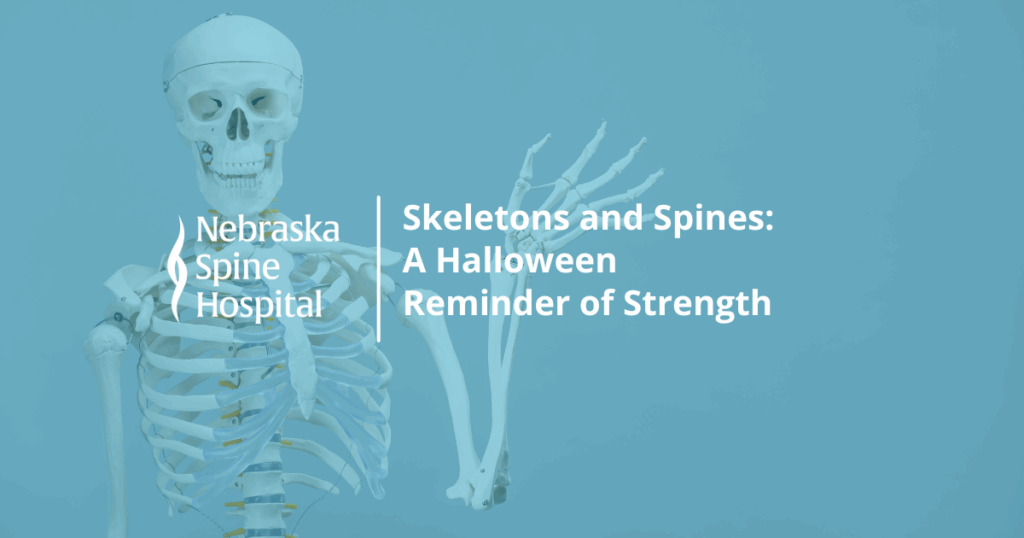Sciatica, characterized by leg pain, tingling, and numbness, often becomes more pronounced during cold weather. Many people report increased discomfort as temperatures drop, leading to the question: does cold weather truly exacerbate sciatica pain? Let’s explore the reasons behind this phenomenon and offer practical tips to help manage your symptoms.
Understanding Sciatica
Sciatica is not a condition itself but a symptom of underlying issues such as a bulging disc, spinal stenosis, or spondylolisthesis. The pain radiates from the lower back down to the sciatic nerve in the leg, often causing significant discomfort.
The Cold Weather Connection
Research suggests that colder temperatures may indeed influence sciatica pain. Studies show that individuals working in cold environments report more back and neck pain than those in warmer conditions. Here’s why:
- Muscle Stiffness: Cold weather causes muscles to stiffen, increasing susceptibility to injury and exacerbating existing pain.
- Air Pressure Changes: A drop in air pressure before a storm can irritate already sensitive nerves, worsening sciatica symptoms.
- Physical Stress: Winter activities such as shoveling snow or slipping on ice can add physical stress, potentially aggravating sciatica.
Tips for Managing Sciatica in Cold Weather
To help alleviate sciatica pain during colder months, consider the following strategies:
- Stay Warm: Dress in layers, keep your living space warm, and preheat your car before heading outdoors.
- Footwear: Opt for shoes or boots with a deep tread to prevent slips and falls.
- Stretch and Stay Active: Regular stretching and physical activity can help maintain flexibility and reduce pain.
If cold weather affects your sciatica, implementing these tips can help manage your pain. For persistent or worsening symptoms, reach out to your docotor. For more tips on maintaining a healthy back and spine, please connect with us on social media and don’t miss out on our monthly newsletter.








